Earlier today, a spaceship crashed into this.
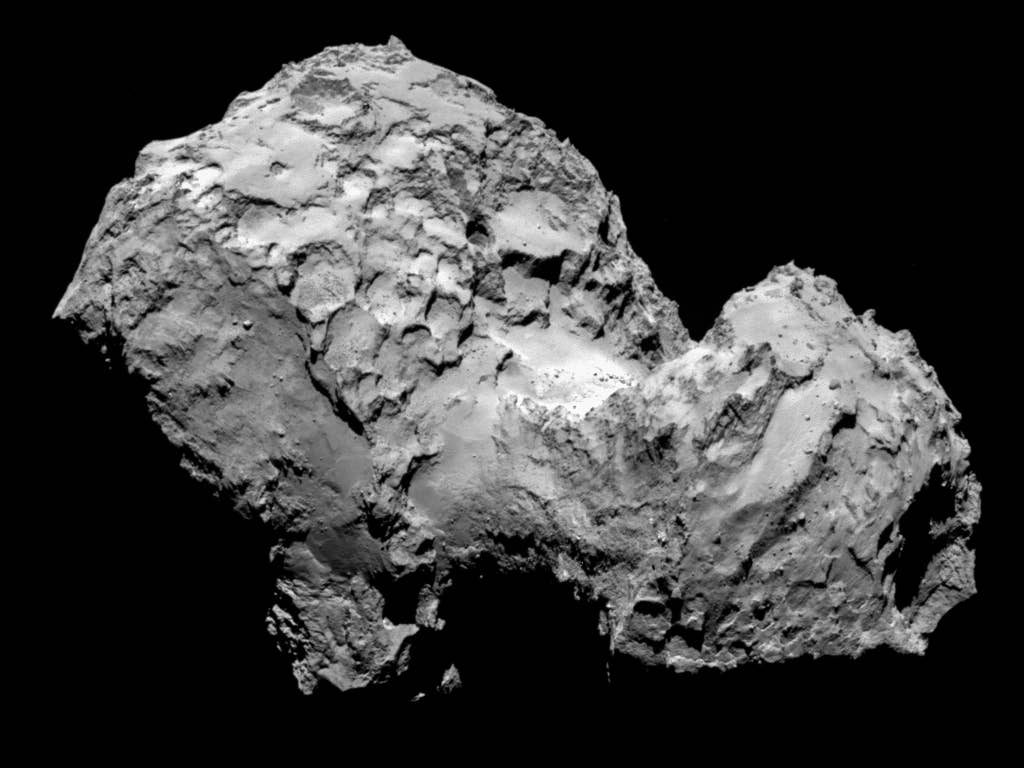
This is a comet, called 67-P Churyumov-Gerasimenko. It orbits the sun, roughly between the orbits of Jupiter and Mars, every six and a half years.
The spaceship is called Rosetta. It's been flying through space for 12 years.
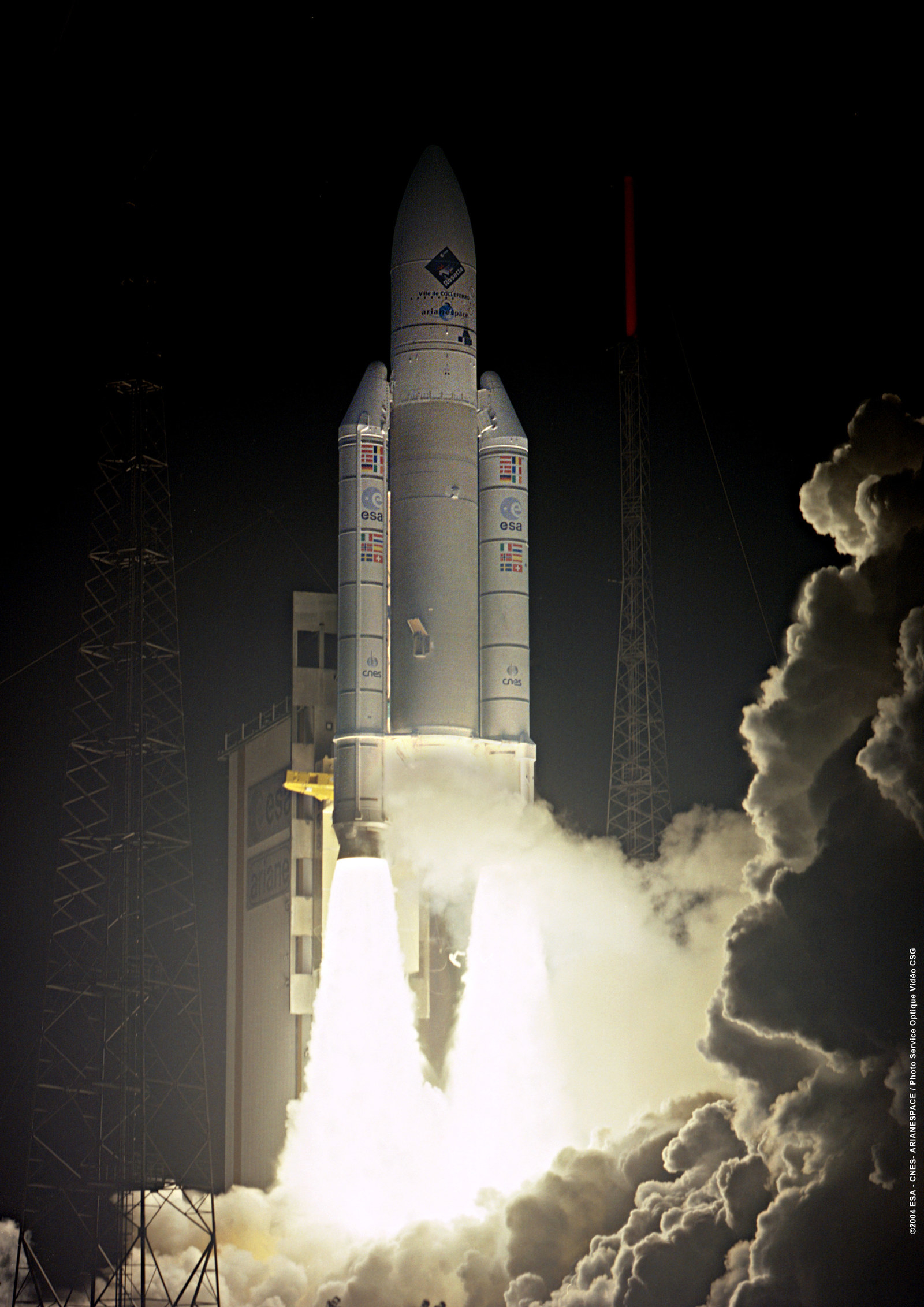
This is it launching from the European Space Agency (ESA)'s spaceport in Kourou, French Guiana.
It launched in 2004, but the plan to send a spaceship to a comet is much older than that.
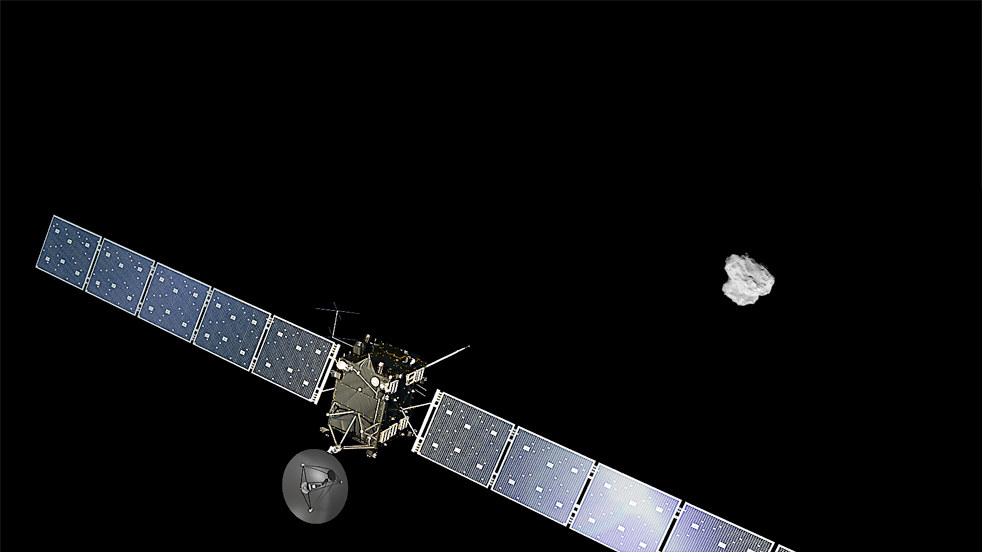
According to the ESA, the idea was proposed in the late 1970s, and the Rosetta mission was approved in 1993.
This is one of the last images it sent back before its impact.
#67P at 08:21 UT during #CometLanding descent https://t.co/DnupnXsneC
Getting to 67-P was quite a journey – 10 years and about 4 billion miles.
Rosetta swung past Earth (twice) and Mars to give itself a gravity boost and speed itself up so it could fall outwards towards the comet.
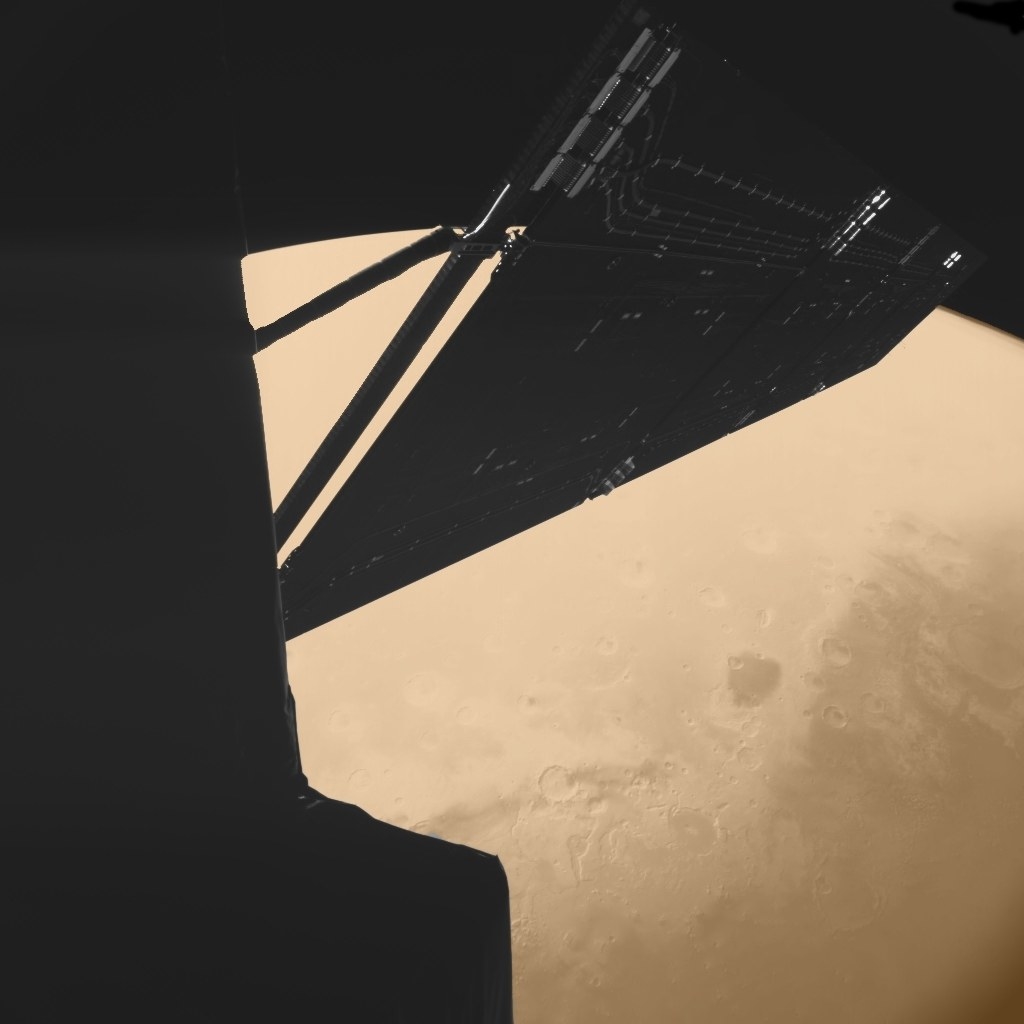
This is an image of Rosetta as it went past Mars.
It also had close-up encounters with two asteroids, Steins and Lutetia, on its way.
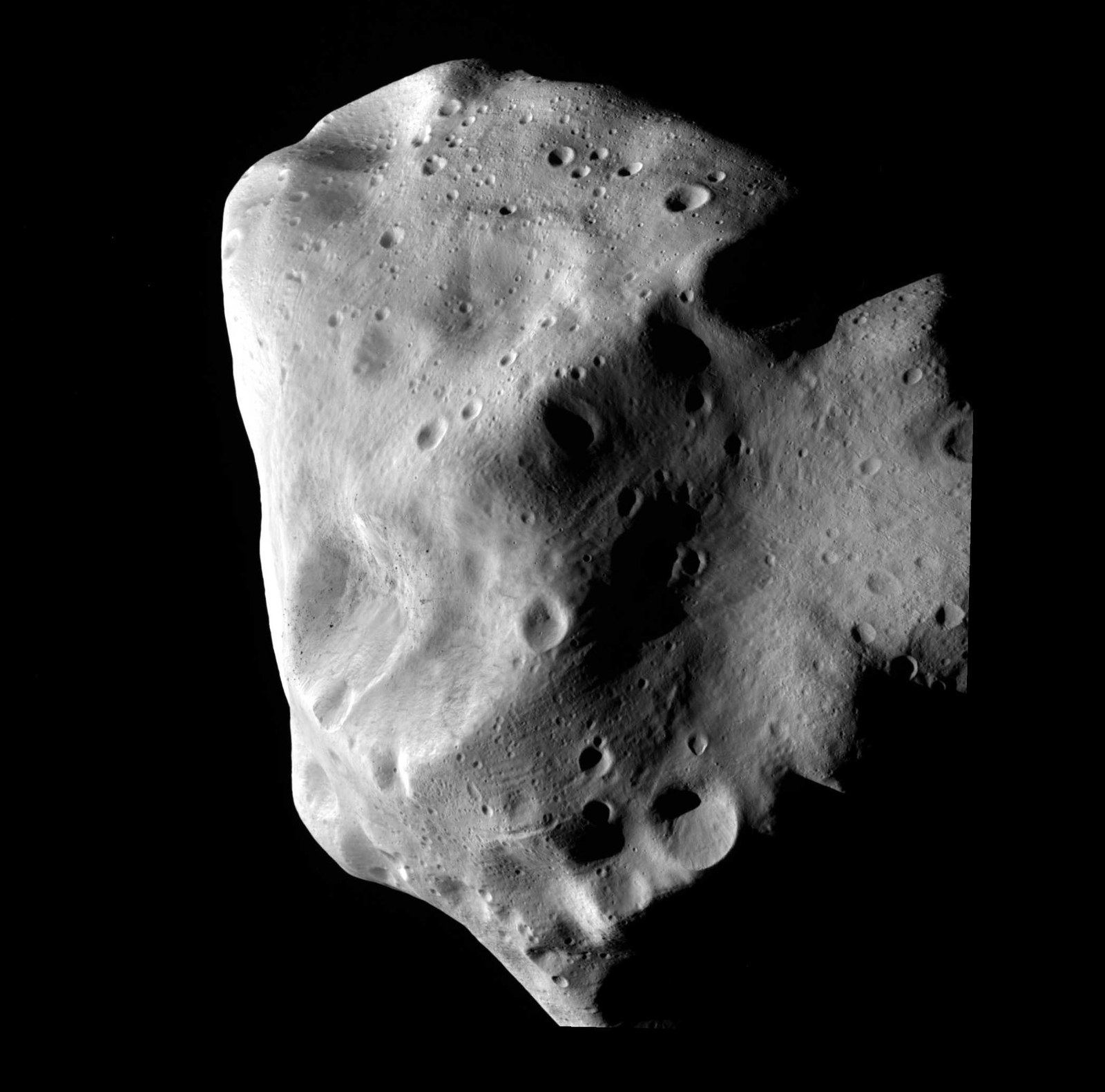
This is asteroid Lutetia, taken at Rosetta's closest approach in July 2010.
Then, in 2011, it went into hibernation until, in January 2014, it caught up with 67-P and switched itself back on again. This was the (first) nervy bit for the ESA scientists back on Earth.

This is the control room at ESA when the signal came through confirming that Rosetta had successfully switched back on.
Then Rosetta spent a few months chasing 67-P and moving into orbit around it.
Rosetta was carrying a package on board – a boxy little robot called Philae, about the size of a fridge. The plan was to land Philae on the comet.
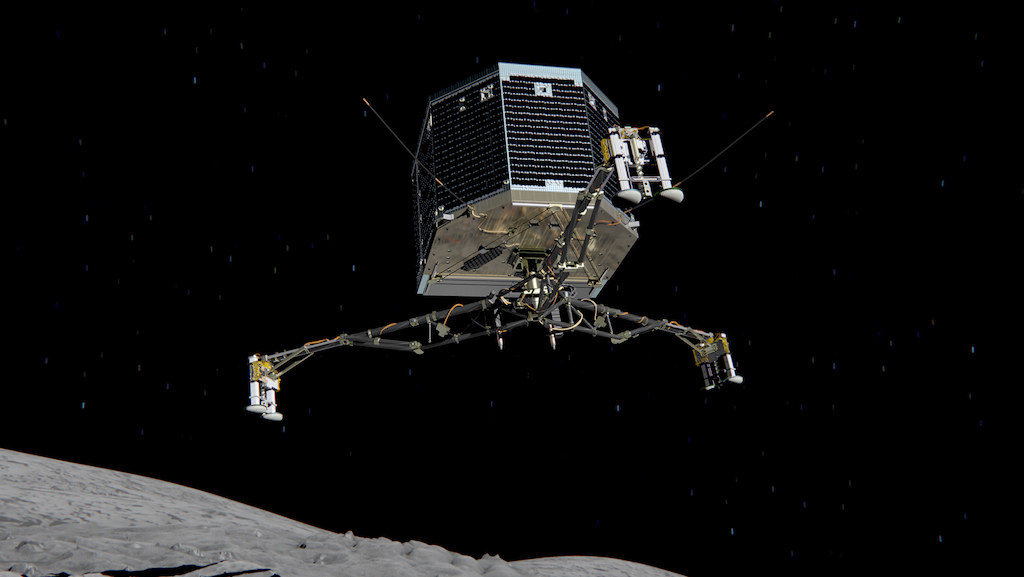
In November 2014, little Philae set off from Rosetta, at barely above walking speed, towards the comet about 10 miles below.

Unfortunately, it didn't quite go to plan. Instead of landing firmly, it bounced nearly a mile back into space and landed in the shadow of a cliff.
The gravity on the comet is hundreds of thousands of times weaker than Earth's, so it was a very delicate operation – even a faint bounce could send it flying – and the booster rockets and the harpoon meant to hold it in place both failed. This image shows where it was supposed to land – and did, kicking up a burst of dust – but it didn't rest there.
Because it was mainly in shadow, Philae couldn't recharge its batteries using the sun's energy, so it soon ran out of power. It sent back some interesting science, but then it went silent.

This is its final resting place, which was spotted just three weeks ago. It's on its side; you can see one of its legs sticking up.
As Churyumov-Gerasimenko 67-P drew closer to the sun in August 2015, Philae woke up briefly because there was more sunlight on its panels, but it didn't last. ESA declared that it was in "eternal hibernation" in July this year, and switched off all communications with it.
But Rosetta was still sending back amazing images, some the most dramatic ever seen of a comet. Its mission was supposed to end in December 2015, but it was doing such important science that new funding was granted, extending it for nearly a year.

It reported new facts about the comet – it found unexpectedly high levels of oxygen, as well as strange activity, ice jets, sinkholes, and water plumes that haven't been seen before. It also found evidence to suggest that the water on Earth probably wasn't brought here by comets, as some scientists had suggested.
Now, though, its mission has come to an end. It's going to descend, very slowly, into a pit on the surface of 67-P called Deir el-Medina, studying it as it goes. Its instruments are more sensitive than Philae's, so it will hopefully return new information about how comets are made.
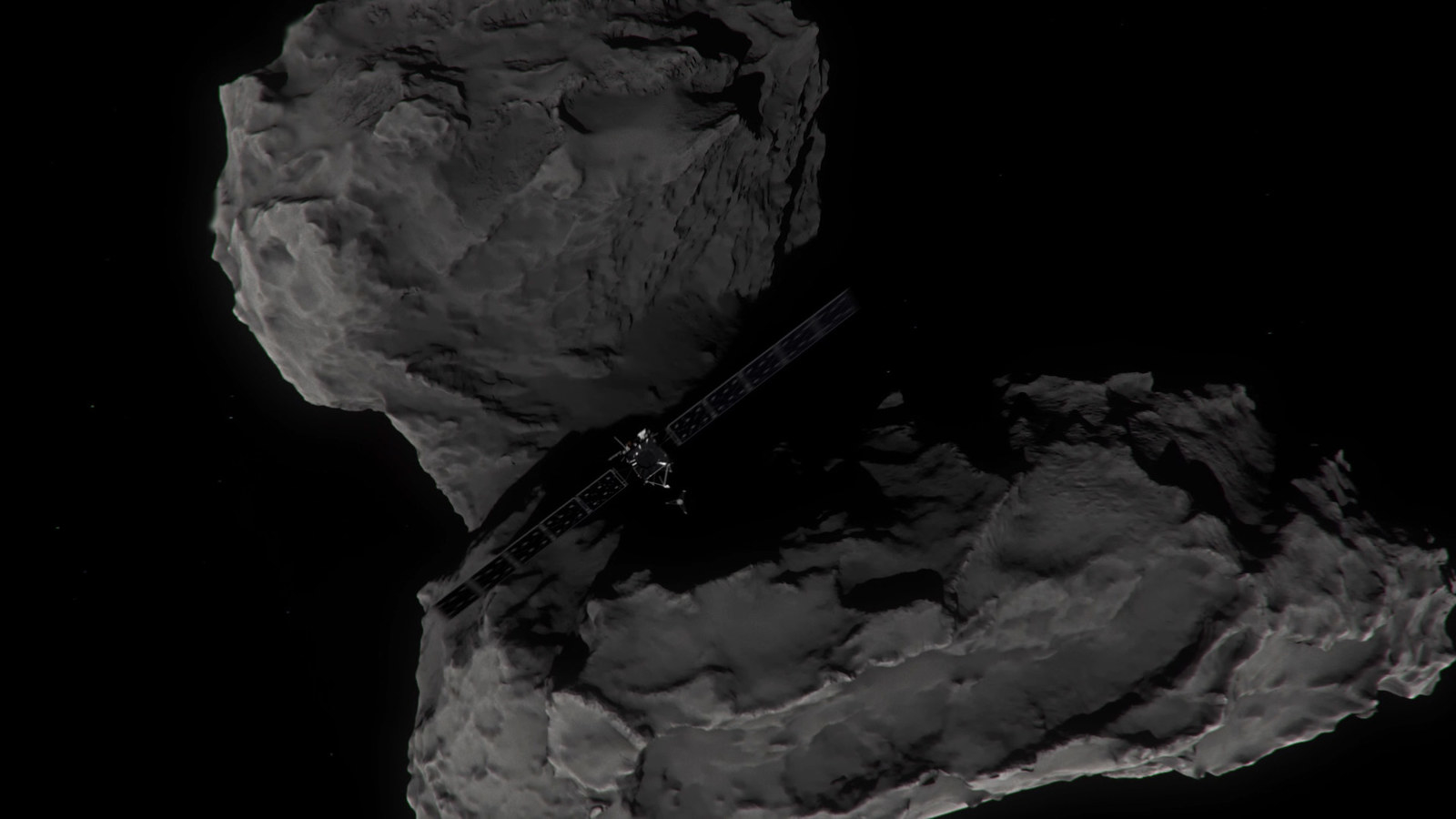
This is an artist's impression of Rosetta's final descent.
The crash will be gentle, but it will be the end of Rosetta's mission. Once it's on the surface, it won't be able to move its solar panels to face the sun, or its antenna to talk to Earth. That'll just be that.
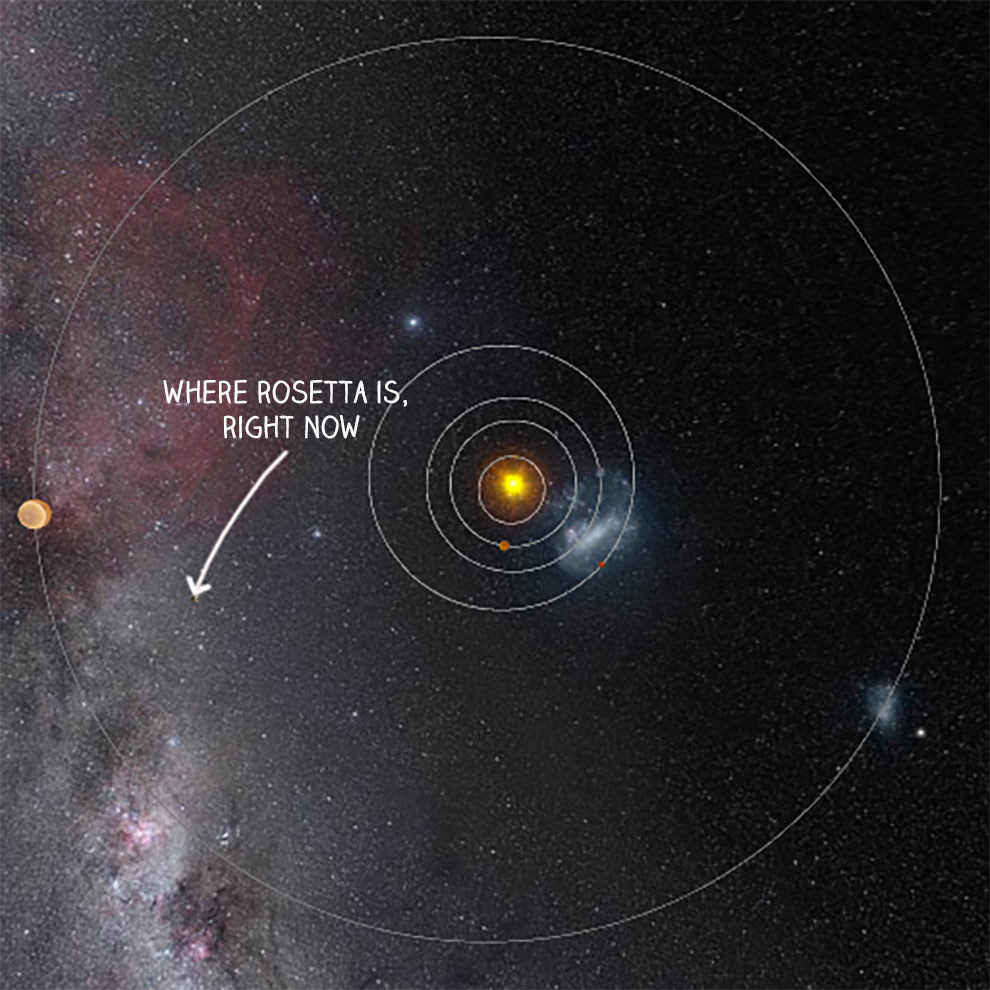
But it has been reunited with Philae, and will fly through the solar system at 84,000 miles per hour until 67-P tears itself apart or crashes into the sun – which could be millions of years.
Kathrin Altwegg, a planetary scientist at the University of Bern, told Nature last year: "This way Rosetta gets to live happily ever after on the comet with Philae.”
